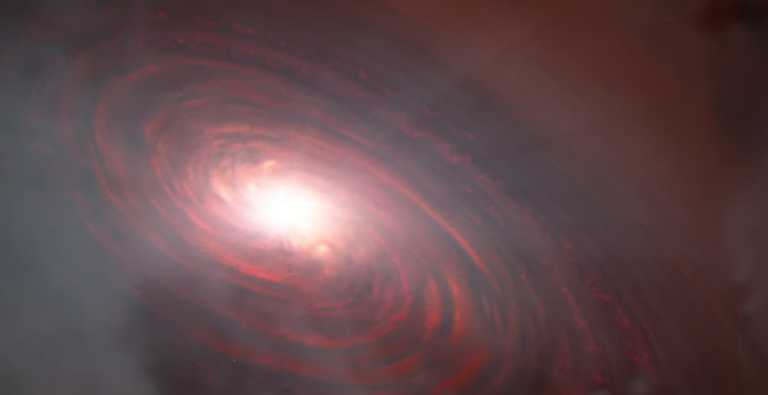NASA’s James Webb Space Telescope has scored another first, detecting evidence of water in a planet-forming disc circling another star where at least two terrestrial-class proto-planets seem to be forming.
The more scientists learn about the universe, the more questions are raised, which can be slightly annoying. Two mysteries that have come up in recent years are, how many Earth-like planets are there in the galaxy where life might exist, and the related problem of how the Earth got its water billions of years ago.
How being a gamer helps this Ukrainian drone pilot
Part of the answer to both of these may come from the system of PDS 70, which is a very young dwarf star located 370 light years away in the constellation of Centaurus. It’s already been in the news lately because the planet-forming disc of dust and debris circling within 160 million km (100 million miles) of the star is home to what may be two proto-planets that share the same orbit.
Continue here: New Atlas
Ask me anything
Explore related questions





